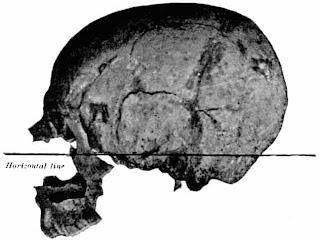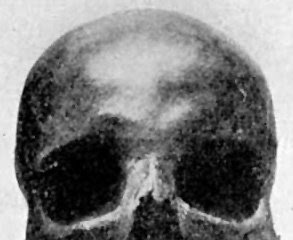In the early part of the twentieth century, the mass of unsystematic observations of pre-state societies that had accumulated during European was superseded by the new data of ethnography.
Trained in the new technique of participant observation, anthropologist went out to live with the subjects of their studies for months and even years, learned their language, and made observations of their customs and behavior with their own eyes.
The young science of anthropology had left its armchair.
Old and new data dedicated that with only rare exceptions primitive life was not particularly peaceful. It was declared, as the eminent sociologist William Sumner did at the turn of the century, that primitive man “might be descried as a peaceful animal” who “dread” war.
Ethnographers exposed primitive cultures perfectly valid and satisfying ways of being human and found that they often possessed features that were preferable to comparable aspects of Western civilized life.
Few of these ethnographers, however, and they usually lived with people who had already been pacified by Western administration.
Thus they had to rely on their informants memories of pre-contact warfare and had little opportunity to observe it directly.
But such accounts tended to idealize or bowdlerize behavior. While informants’ descriptions of many aspects of social life could be enhanced or corrected by the anthropologists’ direct observations, independent checks on their descriptions of warfare were usually impossible.
In some rare instances, ethnographers were able to observe actual primitive combat. But even these observations showed a marked bias toward pitched or formal battles.
Because such battles are the primary goal and most dramatic events of modern warfare the eyes of ethnographers were drawn to comparable clashes in the tribal societies they studies.
They noticed that these primitive battles were often suspended after only a few deaths and even of they were renewed after a brief interval – the total number killed in a series of battles was usually small.
The ethnographers seldom analyzed casualties in relation to the small numbers who fought and thus could not compare them on this basis to larger scale civilized battles.
The raids, ambushes and surprise s attacks on villages that constitute a major component of tribal warfare were seldom observed and paid little notice.
The general impression drawn from rare glimpses of formal battles was that primitive warfare was not very risky.
The Concept of Primitive War
Trained in the new technique of participant observation, anthropologist went out to live with the subjects of their studies for months and even years, learned their language, and made observations of their customs and behavior with their own eyes.
The young science of anthropology had left its armchair.
Old and new data dedicated that with only rare exceptions primitive life was not particularly peaceful. It was declared, as the eminent sociologist William Sumner did at the turn of the century, that primitive man “might be descried as a peaceful animal” who “dread” war.
Ethnographers exposed primitive cultures perfectly valid and satisfying ways of being human and found that they often possessed features that were preferable to comparable aspects of Western civilized life.
Few of these ethnographers, however, and they usually lived with people who had already been pacified by Western administration.
Thus they had to rely on their informants memories of pre-contact warfare and had little opportunity to observe it directly.
But such accounts tended to idealize or bowdlerize behavior. While informants’ descriptions of many aspects of social life could be enhanced or corrected by the anthropologists’ direct observations, independent checks on their descriptions of warfare were usually impossible.
In some rare instances, ethnographers were able to observe actual primitive combat. But even these observations showed a marked bias toward pitched or formal battles.
Because such battles are the primary goal and most dramatic events of modern warfare the eyes of ethnographers were drawn to comparable clashes in the tribal societies they studies.
They noticed that these primitive battles were often suspended after only a few deaths and even of they were renewed after a brief interval – the total number killed in a series of battles was usually small.
The ethnographers seldom analyzed casualties in relation to the small numbers who fought and thus could not compare them on this basis to larger scale civilized battles.
The raids, ambushes and surprise s attacks on villages that constitute a major component of tribal warfare were seldom observed and paid little notice.
The general impression drawn from rare glimpses of formal battles was that primitive warfare was not very risky.
The Concept of Primitive War




